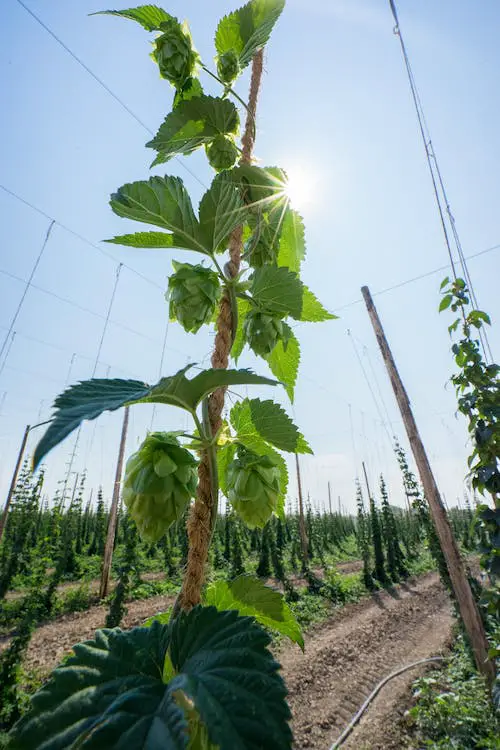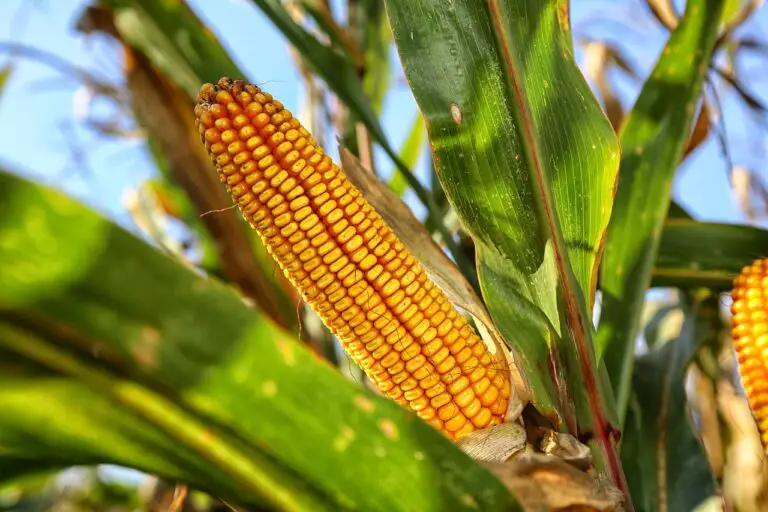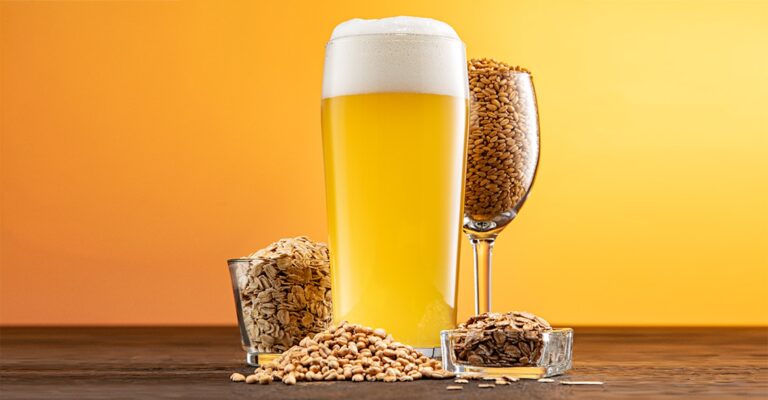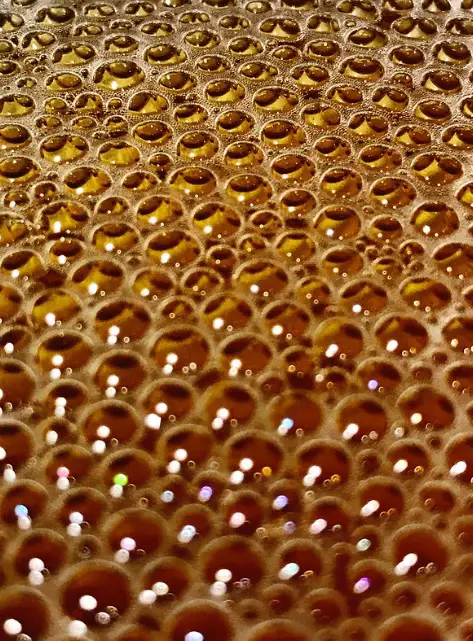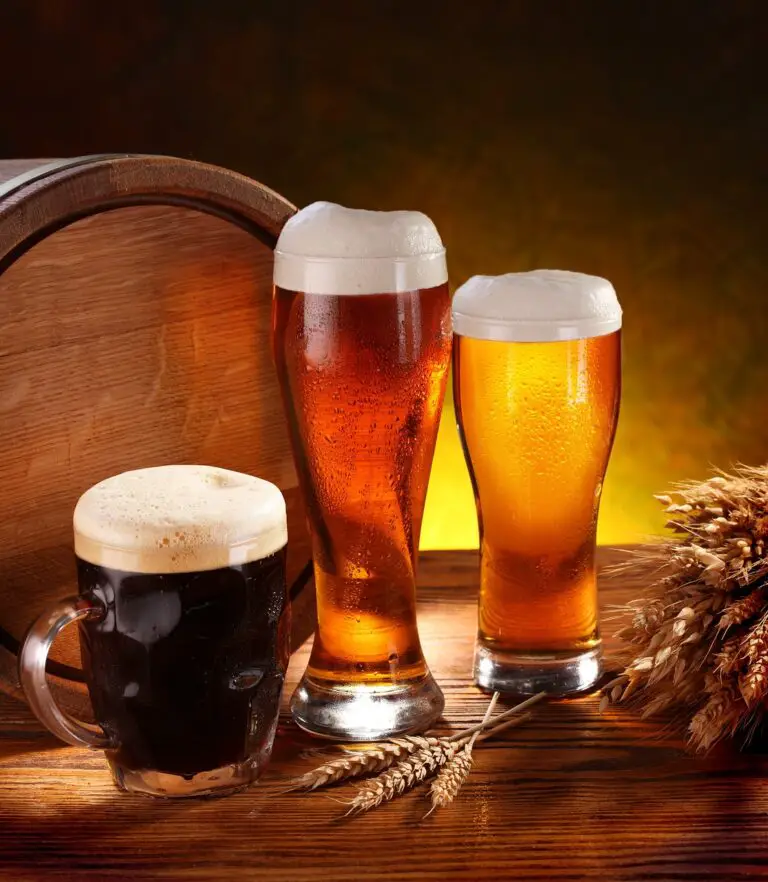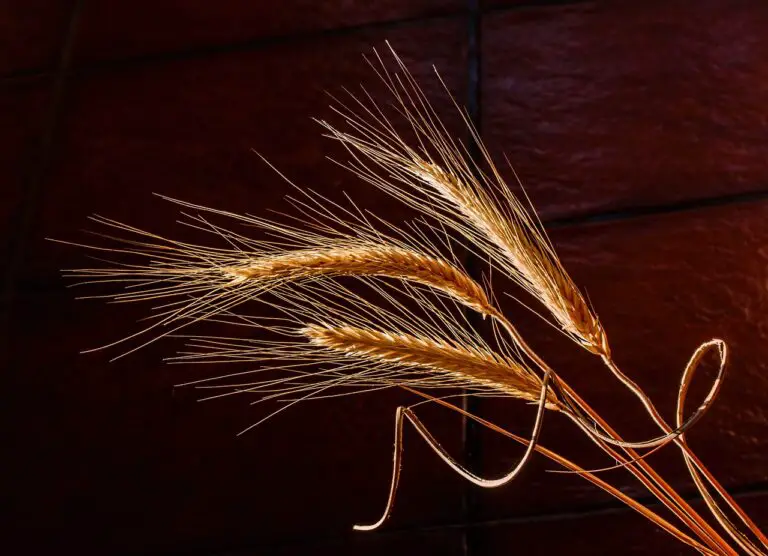Are Hops A Grain?
Hops are the only plant that is routinely used in beer production. It’s a critical raw material used in brewing, giving the beer a distinctively bitter taste. It also gives beer stability, has an essential effect on the flavor, and makes it last longer. Hops are hugely important in brewing, but are hops a grain?
No, hops are not a grain.
Humulus lupulus, or hops, is a flowering plant, but the term hops, as we use it in brewing, refers only to the flowering part of the plant. Only these green, cone-shaped flowers of the female plant (or inflorescence, if you want to get scientific) are economically important and are used in beer production. The male hops plant has a very different flower, which is used only as a pollinator for the culture and is not used in brewing.
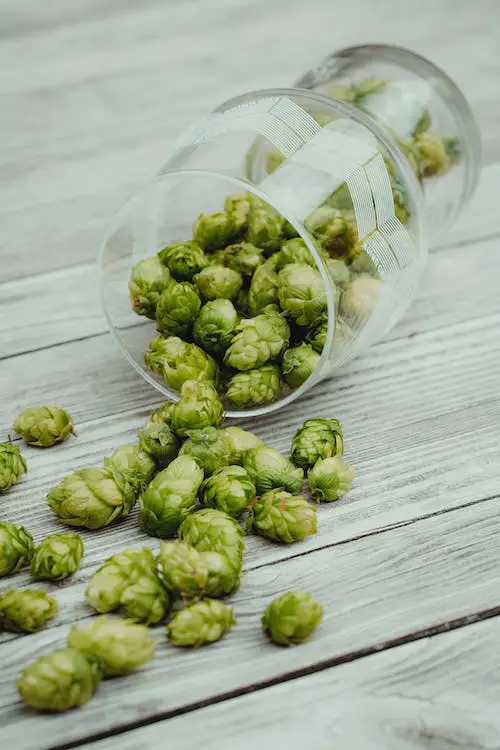
Hops Before Beer
Hops is a plant that has been cultivated and foraged by people for millennia. While their place of origin is unclear, hops were first mentioned as a medicinal herb in Ancient China. Archaeological evidence shows that hops were also cultivated in Babylon as early as 200 A.D., where they were used to treat inflammatory diseases. They were also used as medicinal herbs in other temperate areas across Europe and Asia, where they were important in the popular pharmacopeia (a drug-making book).
As medicinal herbs, they were mainly used to relieve the symptoms of numerous inflammatory health issues and had good antimicrobial properties. They were used as a cure for insomnia and were efficient as a sedative. Thanks to its numerous health benefits, hops were considered a life-prolonging plant.
Hops In Brewing
Of all the plants used in beer making, like wheat or barley, hops are the only plant that is considered an essential raw material (however, not all beers have hops). For every beer, no matter where it’s brewed or what ancient recipe is used, hops are a critical component.
According to multiple sources, hops were used in beer production only from 1079 in the Hallertau region in central Bavaria, Germany. Although hops were cultivated in present-day Germany for centuries, data shows that it was not used in brewing.
By the 12th century, hops were used as a preservative and a source of flavor in alcoholic beverages. By the 13th century, hops began to become more popular than other herbs like yarrow, rosemary, coriander, and bog myrtle. It was used extensively for bitter beers, and by 1516, the Bavarian Purity Law decreed that hops were the only plant that could be used for bitter beer.
Hops had a tougher time in England, where the plant was considered a “wicked and pernicious weed”. Before hops, British ales were either bittered with a combination of herbs or were not bittered at all (sweet ales). However, by 1524, the first hops gardens were established in England and brewers quickly started to use the plant to bitter their beers. Shortly after, hops were also cultivated in France, Spain, Italy, and Poland.
Hops were first cultivated in the United States in 1629 by Dutch and English farmers in New England. Production increased during the next centuries, with major producing regions being the Pacific Northwest, California, and New York.
Quick fact: While malt gives the beer a distinctive yellowish color and sweet, full aftertaste, hops are the ingredient that gives beer its delicious bitter flavor, which makes it so popular. Beer is a delicate balance between the fullness and sweetness of grain and the bitterness of the cone-shaped hops flowers.
Harvesting Hops
Hops are harvested at the end of summer, typically in August or September. The plants are cut down, separated with the help of a mechanical separator, and dried in an oast house to reduce moisture. The hops are laid on the upper floors of the oast house to help the drying process. Some farmers use heating units to speed up the drying process. After the drying process is completed, the hops are compressed into bales for easier storage and transportation.

Hops In Beer
Hops are important in beer production, but only a tiny segment of the plant is actually used in brewing. As mentioned above, only the female plant produces the cone-shaped flower used in brewing. Male plants are not used in brewing.
The hops’ cone-shaped flowers contain small pouches called bracteoles, covered by green petals or leaves, called bracts. Each cone-shaped flower has approximately 6 to 12 bracteoles. Inside them are multiple tiny yellow pods called lupulin.
These small pods, lupulin, are what all brewers are after. They contain different oils, mainly lupulin, which is a waxy, yellowish substance similar to natural resin. Lupulin gives the beer a distinctive bitter flavor and aroma, balancing the natural sweetness of malt and other types of grain. Lupuline also contains other chemical compounds that have numerous antibiotic properties, like humulone and lupulone. Only the lupulin pods are extracted from the cone-shaped flowers during beer production. After the process is completed, the rest of the flower is discarded.
Because the lupulin oleoresin is not soluble in water, hops are added during the kettle boil (the “hot part” of brewing) of the brewing process. The boiling process disintegrates the oleoresin, releasing the bitterness in the beer. More hops can be added to the brew after the boiling process to add more aroma and flavor. Some brewers add hops even during the “cold part” of the process after fermentation is completed.
What Types Of Hops Are Used In Brewing?
Just like wine grapes, there are hundreds of different types of hops, each having a different history, flavor, and role in brewing. Many different brewing regions pride themselves on their own hops variety.
Historically, hops were and still are identified by geography, such as Spalt hops, Hallertau hops, or Zatec hops. Other hops are identified by the brewer or the farmer who was the first to cultivate them. Also, hops are further identified by their role in brewing – bittering hops and aroma hops.
Most hop varieties are associated with specific beer types. For example:
- pale lagers – usually made with German, Czech, or Polish hops, like Spalt, Zatec, Tettnang, or Hallertau hops
- North American lagers – usually made with Cascade hops, Centennial hops, Willamette, Columbus, or Amarillo hops; many other varieties are also used in combination by American brewers
- British ales – made with Goldings or Fuggles hops
- New Zealand and Australian beers – made with Motueka, Nelson Sauvin, and Pacific Gem hops
Wrapping it up
Hops are a vital component in the art of brewing beer. Their significance extends beyond just flavor and aroma, encompassing qualities such as bitterness balance, preservation, and even potential health benefits. It’s important to note that while they are an essential ingredient in beer production, hops are not a grain, like malt. Instead, they bring a unique botanical dimension that elevates the complexity and character of beer, making them an indispensable element cherished by brewers and beer enthusiasts alike.

I am a young architect with a passion that goes beyond blueprints… it’s beer! undertherosebrewing.com is more than just a blog, it’s a manifestation of my lifelong dream to explore, read, and learn everything about beer. Join the blog on this unfiltered and genuine adventure into the heart of beer culture. Cheers!

